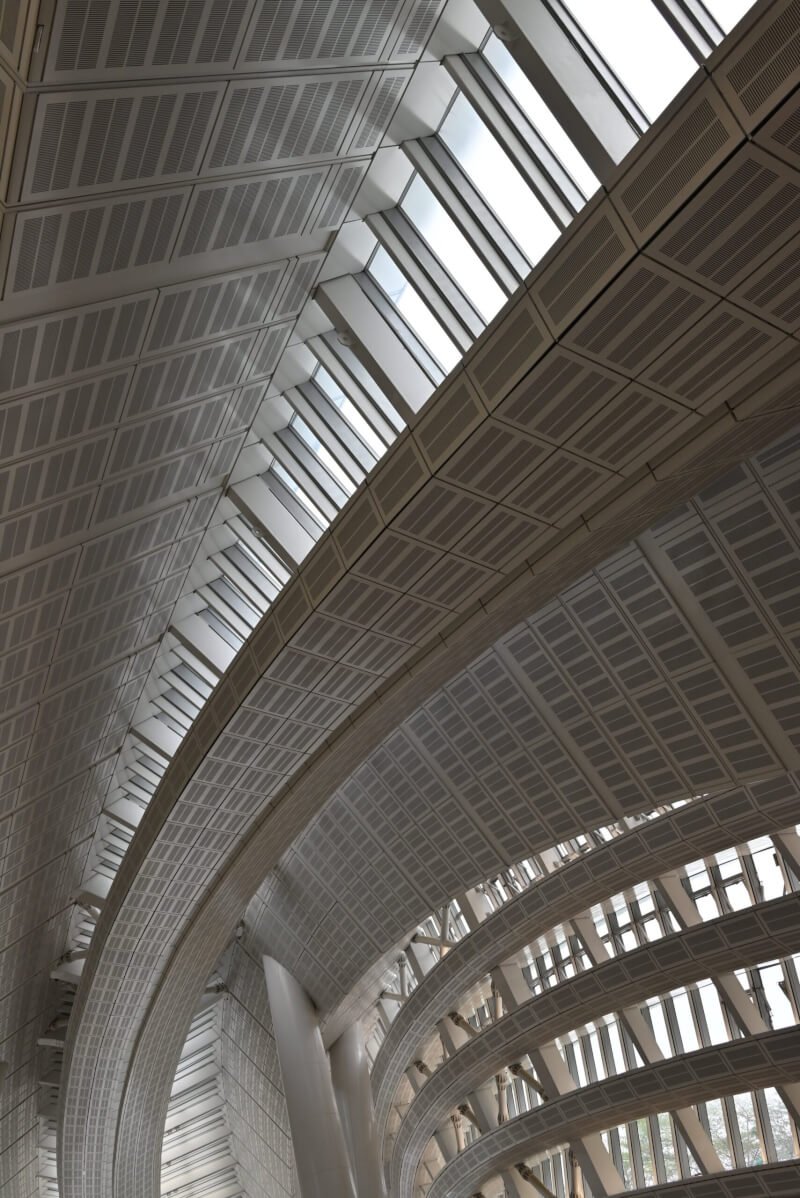If you’re dreaming of transforming a small patch of urban space into a vibrant oasis of greenery, you may find yourself pondering the question: how do you choose the perfect spot for a city garden? With so many factors to consider, from sunlight and soil quality to space constraints and accessibility, making this decision can feel overwhelming. Fret not, for this article will guide you through the process, providing expert tips and practical advice to help you discover the ideal location for your urban garden retreat.
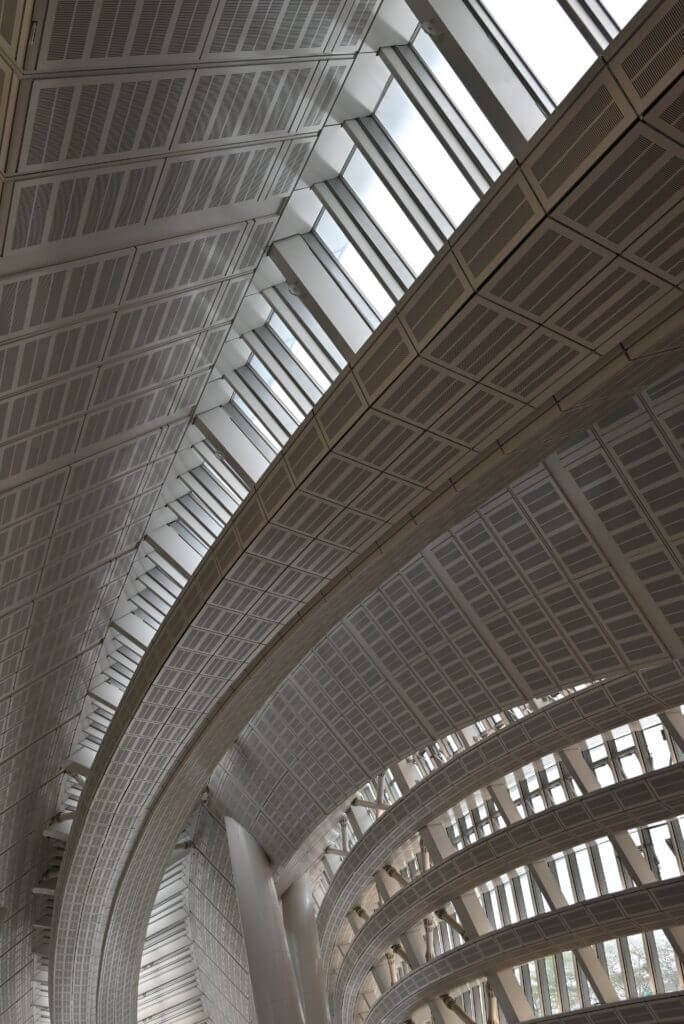
Climate and Environmental Factors
Temperature and seasonality
When choosing a location for your city garden, it is important to consider the temperature and seasonality of the area. Different plants thrive in different temperature ranges, so you’ll want to select a location that aligns with the temperature requirements of the plants you wish to grow. Additionally, understanding the local climate will help you determine the appropriate growing season and plan accordingly.
Rainfall and water availability
Another crucial factor to consider is the amount of rainfall and water availability in your chosen location. Some plants require more water than others, and it’s important to ensure that your garden receives an adequate amount of water. If the area experiences low rainfall or if water availability is limited, you may need to consider alternative water sources or opt for plants that are more drought-tolerant.
Sunlight exposure
Sunlight exposure is essential for a successful garden, as most plants require a certain amount of light to grow and thrive. When selecting a location for your city garden, observe the sun’s path throughout the day and assess the amount of direct sunlight the area receives. Ensure that your chosen location receives sufficient sunlight for the types of plants you intend to grow. Keep in mind that some plants require full sun, while others prefer partial or full shade, so understanding your desired plants’ light requirements is crucial.
Space Availability
Balcony or rooftop
If you’re limited on space, a balcony or rooftop garden can be a fantastic solution. These areas can provide a surprisingly large amount of growing space and offer a unique gardening experience. Before starting a garden on a balcony or rooftop, confirm that the structure can support the weight of the garden, as soil and plants can be heavy. Additionally, consider any height restrictions or regulations that may apply to your specific property.
Backyard or yard size
If you have access to a backyard or yard, you have even more flexibility in terms of space for your city garden. Evaluate the size of your yard and consider how much space you’re willing to allocate for gardening. Take into account any existing structures, trees, or obstacles that may affect the available gardening area. While a larger yard can offer more space for planting, keep in mind the time and effort required for maintenance.
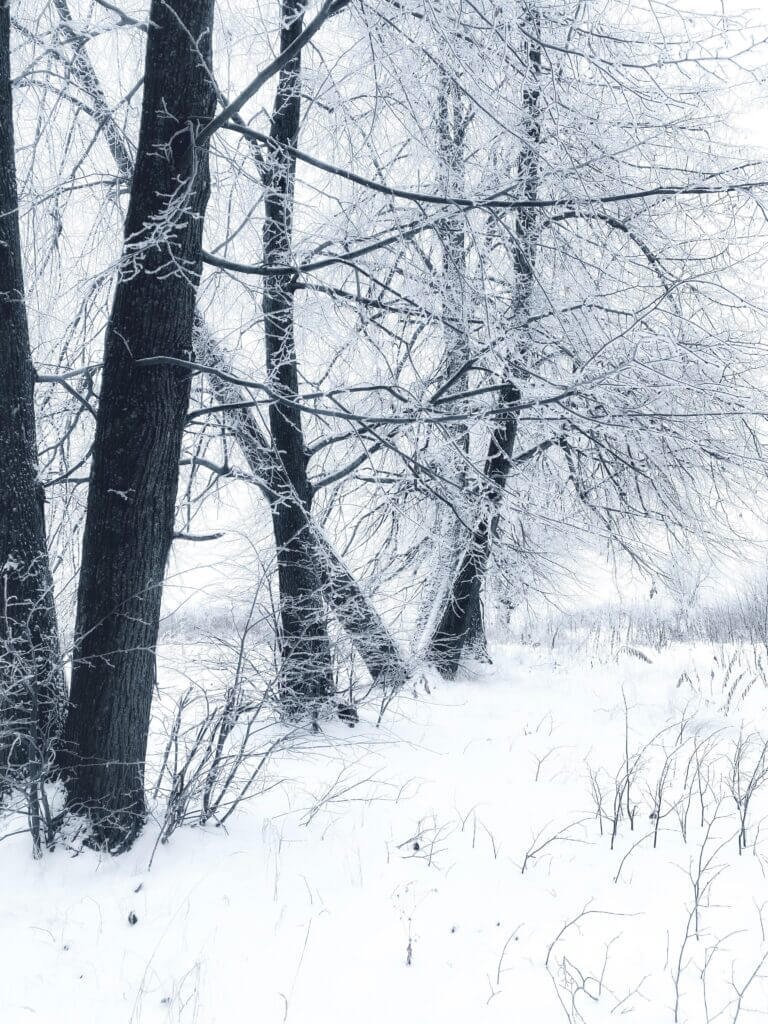
Soil Quality
Composition and fertility
Soil composition and fertility play a significant role in the success of your garden. The ideal soil for most plants is well-drained, with good water retention capabilities. When selecting a location, examine the soil quality to ensure it is suitable for planting. Sandy or clay soils may require amendments to improve drainage and fertility, while loamy soils are generally more ideal for gardening purposes.
Drainage and aeration
Proper drainage and aeration are essential for healthy plant growth. Evaluate the drainage capabilities of the soil in your chosen location. Poor drainage can lead to waterlogged soil and root rot, while excessively well-drained soil may cause water to quickly drain away, leaving plants thirsty. Look for an area that strikes a balance, allowing water to drain without waterlogging the soil.
Soil pH
The acidity or alkalinity of the soil, known as soil pH, can affect a plant’s ability to absorb nutrients. Different plants thrive in different pH ranges, so it’s important to select a location with soil that is suitable for your desired plants. If the soil pH is not within the ideal range for your plants, you may need to amend the soil or choose plants that are more tolerant of the existing pH levels.
Plant Selection
Preferred plants and their requirements
Before selecting a location for your city garden, determine the types of plants you wish to grow. Each plant has specific requirements for sunlight, water, and soil conditions. Research the preferred plants’ growing conditions and choose a location that can meet those needs. Some plants, such as herbs or leafy greens, may be well-suited for small spaces like balconies or rooftops, while others, such as fruit trees or larger shrubs, may require more space and deeper soil.
Suitability for urban environments
Urban environments often present unique challenges for gardening, such as limited space, pollution, and shading from surrounding buildings. Consider whether the location you have in mind is suitable for urban gardening. Assess the level of pollution in the area, the availability of space, and the potential for shade from nearby buildings. Some cities have community gardens or urban farming initiatives that provide designated spaces for gardening, which can be an excellent option if space is scarce.
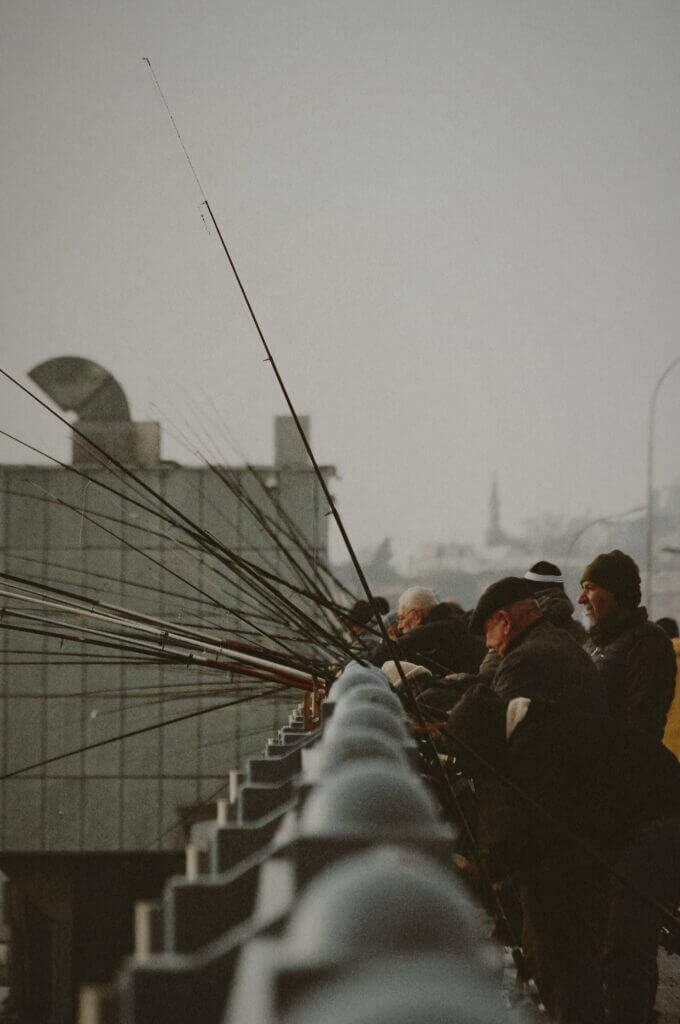
Noise and Pollution
Proximity to busy streets or highways
The proximity of your city garden to busy streets or highways can have an impact on the air quality and noise levels experienced by your plants. Vehicle emissions and noise pollution from traffic can potentially harm sensitive plants. If possible, choose a location that is further away from main roads to minimize the exposure of your garden to these pollutants.
Industrial areas and emissions
Similar to the proximity to busy streets, the presence of industrial areas can also contribute to pollution and potential harm to your plants. Industries often release pollutants and emissions that can negatively affect plant health. Consider locating your city garden away from industrial areas, where the air quality is likely to be cleaner and healthier for your plants.
Access to Water
Proximity to water sources
When thinking about the location for your city garden, consider the proximity to water sources. Having easy access to water for irrigation is essential for the health and survival of your plants. Choose a location that is within a convenient distance to a water source, such as a spigot or hose, to simplify the watering process and ensure your plants receive the necessary hydration.
Availability of water for irrigation
In addition to proximity to water sources, consider the availability of water for irrigation. If you live in a water-scarce area or face water restrictions, it’s important to choose plants that are more drought-tolerant or have lower water requirements. Alternatively, explore sustainable irrigation methods such as rainwater harvesting or using greywater to reduce reliance on freshwater sources.
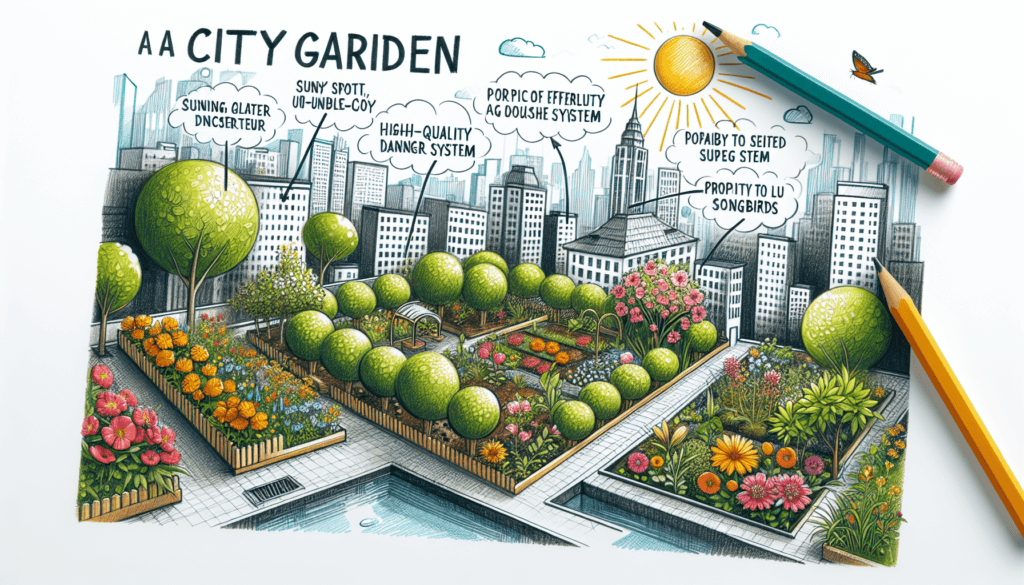
Privacy and Security
Potential visibility and privacy concerns
Privacy and security are important considerations when selecting a location for your city garden. Assess the potential visibility of your garden from neighboring properties or public spaces. If privacy is a concern, choose a location that provides natural barriers, such as fences, hedges, or existing structures. These can help create a sense of privacy and protect your garden from unwanted attention.
Safety and security measures
Depending on the location of your city garden, you may need to implement additional safety and security measures. Consider installing adequate lighting, secure fencing, or surveillance systems to protect your garden from potential theft, vandalism, or unwanted pests. Prioritize the safety and security of your garden to ensure a pleasant and stress-free gardening experience.
Local Regulations and Restrictions
Zoning laws and permits
Before finalizing the location for your city garden, familiarize yourself with local zoning laws and regulations pertaining to gardening. Some cities may have specific regulations related to gardening in urban areas, such as restrictions on the size or types of structures allowed. Additionally, certain projects may require permits or approvals. Adhering to these regulations will help you avoid any legal issues and ensure that your garden is compliant with local guidelines.
Height and size limitations
Consider any height and size limitations that may exist based on local regulations or restrictions. Some cities may have ordinances that limit the height of structures, such as trellises, pergolas, or raised beds. Be aware of these limitations to ensure your garden is within compliance with the rules and regulations of your city.
Community and Neighbors
Shared space considerations
If you live in a multi-unit building or a community with shared spaces, it’s crucial to consider the impact of your city garden on the overall environment and the neighbors around you. Ensure that setting up a garden in your preferred location does not encroach on common areas or disrupt your neighbors. If you live in a community with shared spaces, consider joining or establishing a gardening committee or community garden space where residents can collectively enjoy gardening.
Potential conflicts or collaborations
While gardening can be a peaceful and enjoyable activity, differences in gardening philosophies or practices may occasionally arise among neighbors or community members. To avoid potential conflicts, maintain open communication with your neighbors and community members about your garden plans and aspirations. Collaborating on shared projects or exchanging knowledge can foster a sense of community and create a harmonious gardening environment.
Personal Preferences and Lifestyle
Time commitment and maintenance
Before settling on a location for your city garden, assess the time and effort you are willing to commit to maintenance. Different gardening styles and plant selections require varying levels of care and attention. Consider whether you prefer a low-maintenance garden that requires minimal upkeep or if you are willing to invest more time in tending to your plants. This will help determine the suitable location for your city garden based on your personal lifestyle and availability.
Garden aesthetics and design
Your city garden will be an extension of your living space, so it’s important to consider the aesthetic and design elements. Think about the overall look and feel you want to create in your garden. Assess the existing features, such as architecture or landscaping, in your chosen location and consider how they will complement your desired garden design. Take into account the colors, textures, and arrangement of plants to create a visually appealing and harmonious space.
Choosing the right location for your city garden involves considering various factors that can significantly affect the success and enjoyment of your gardening experience. By carefully evaluating climate and environmental factors, space availability, soil quality, plant selection, noise and pollution levels, access to water, privacy and security, local regulations, community dynamics, as well as personal preferences and lifestyle, you can find the perfect location that aligns with your gardening goals and sets the stage for a flourishing urban oasis. Happy gardening!

